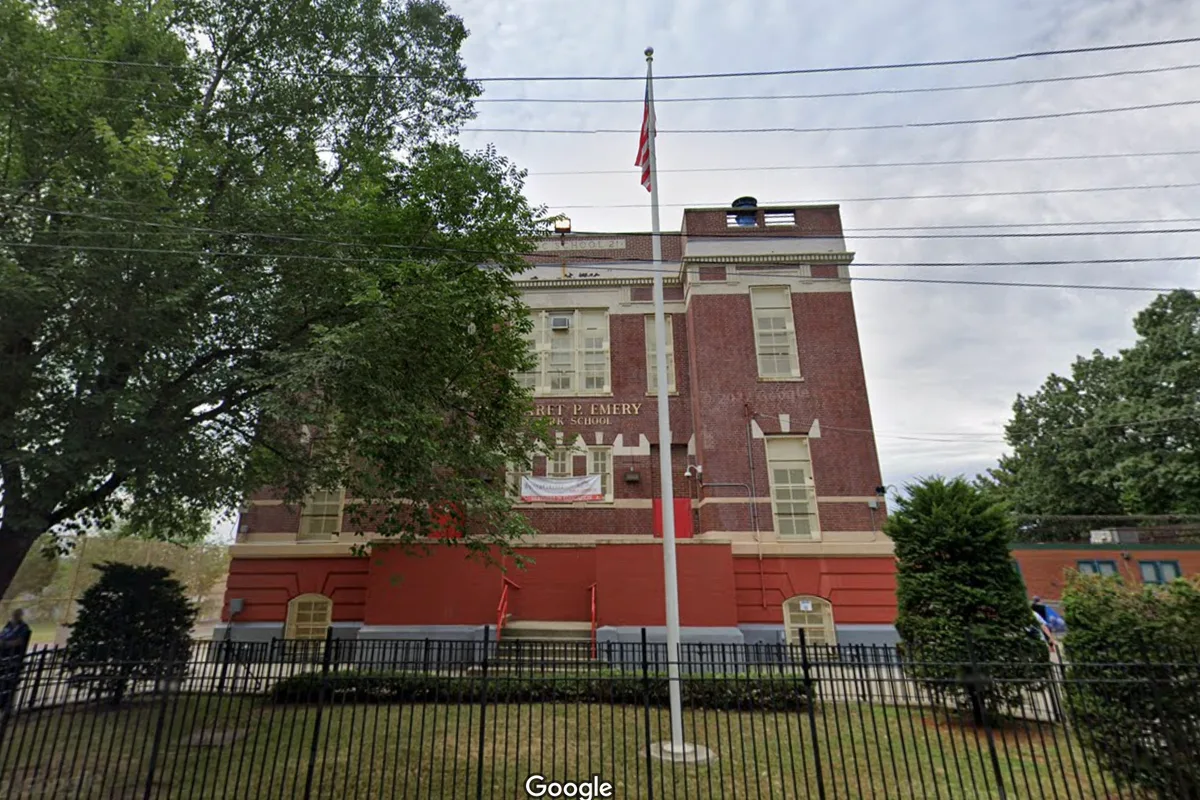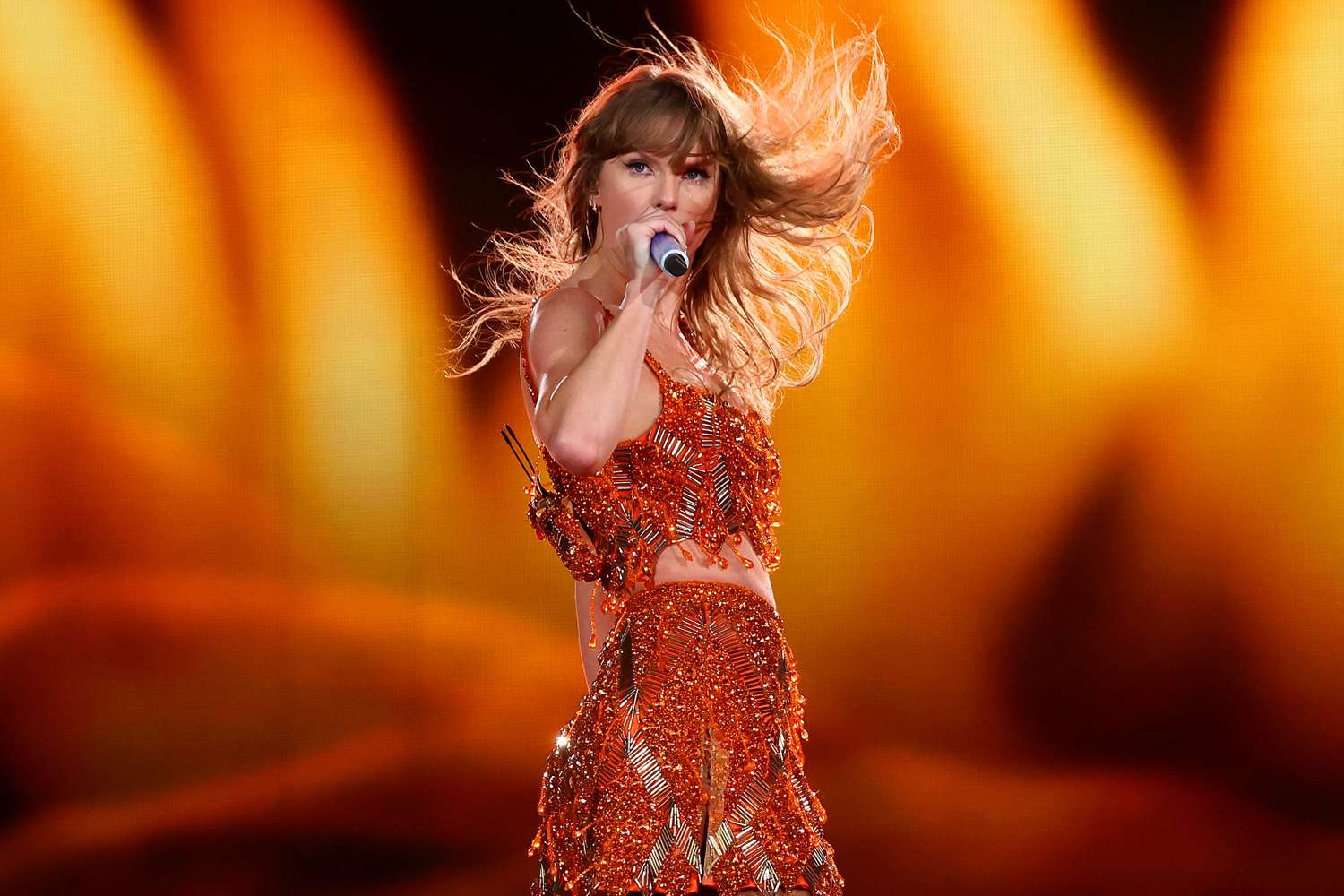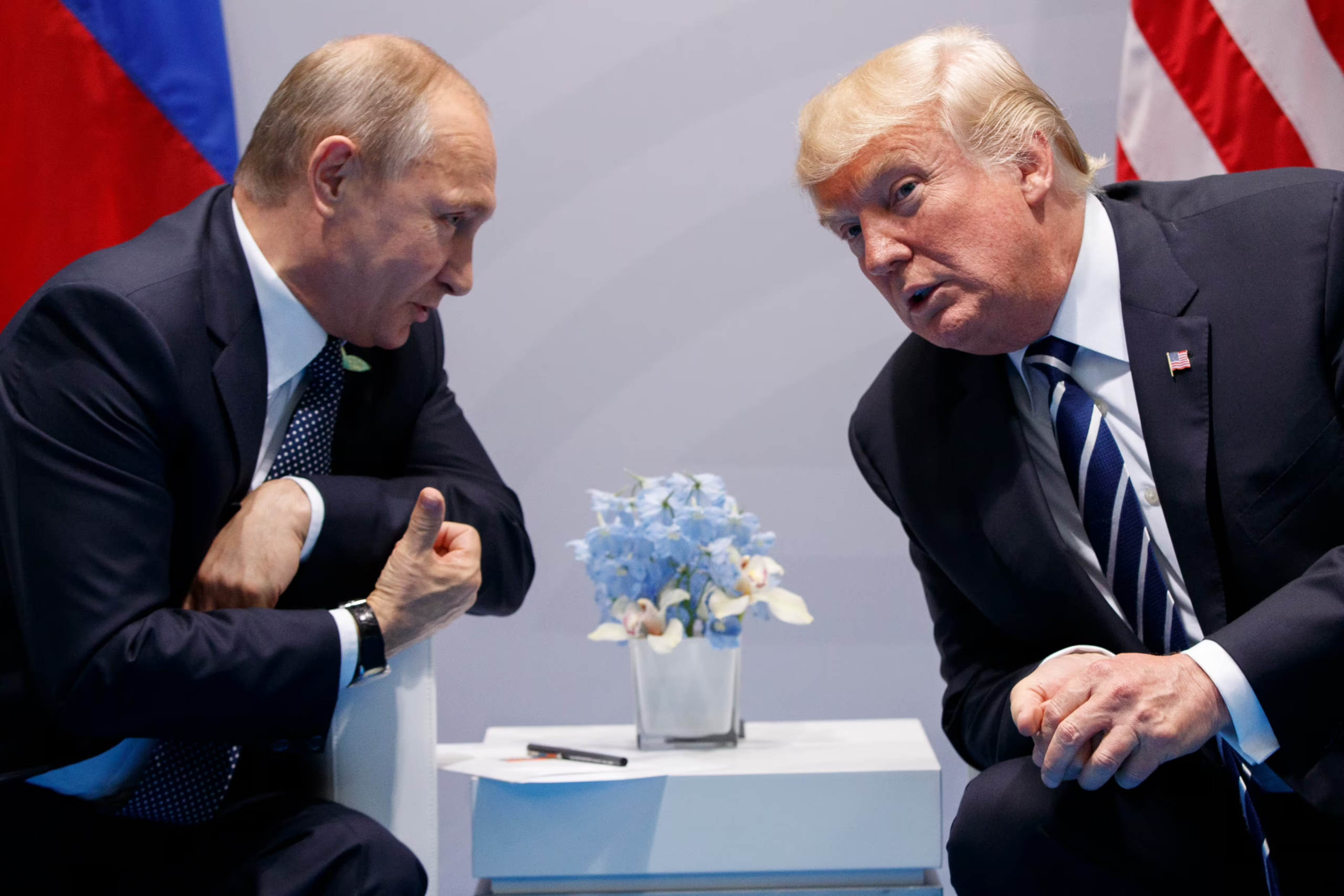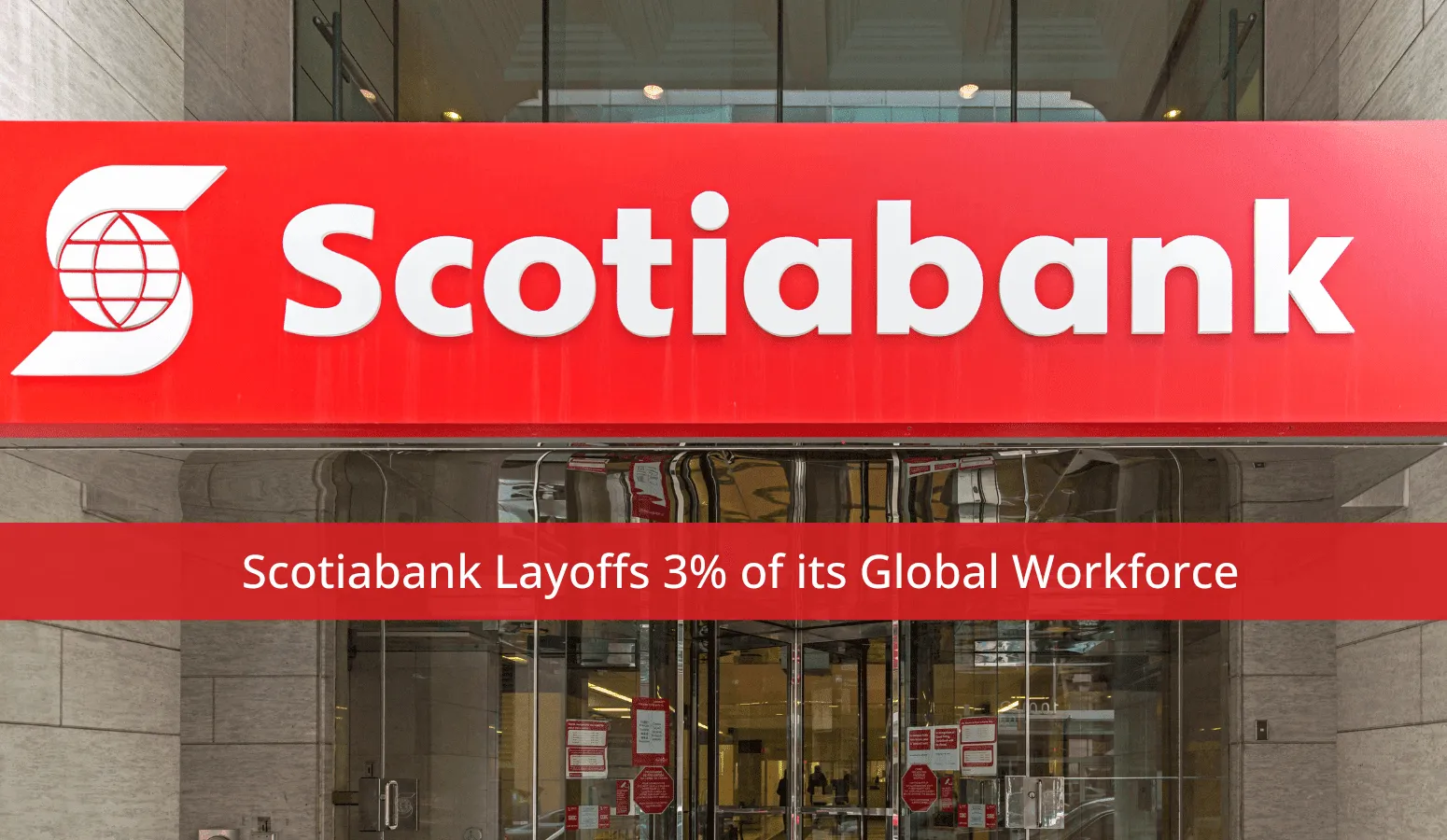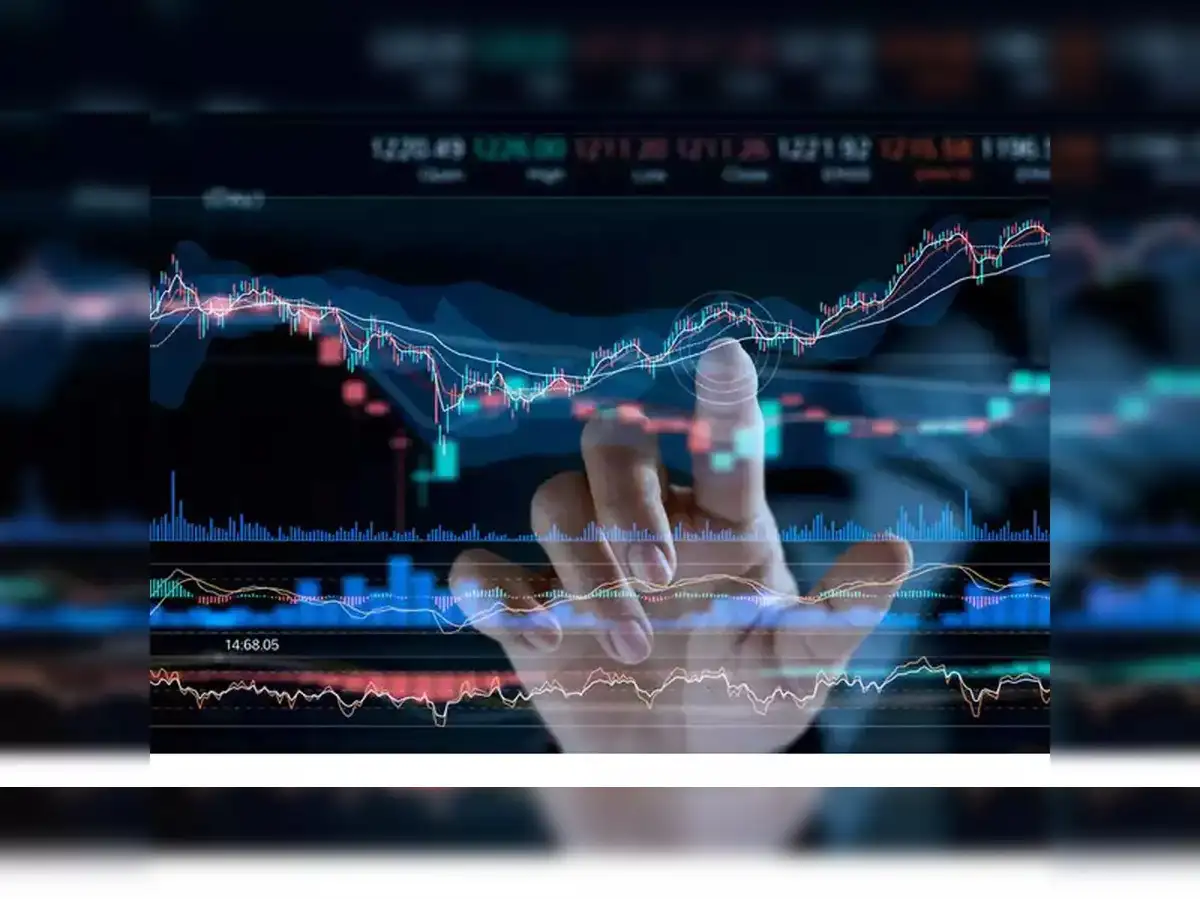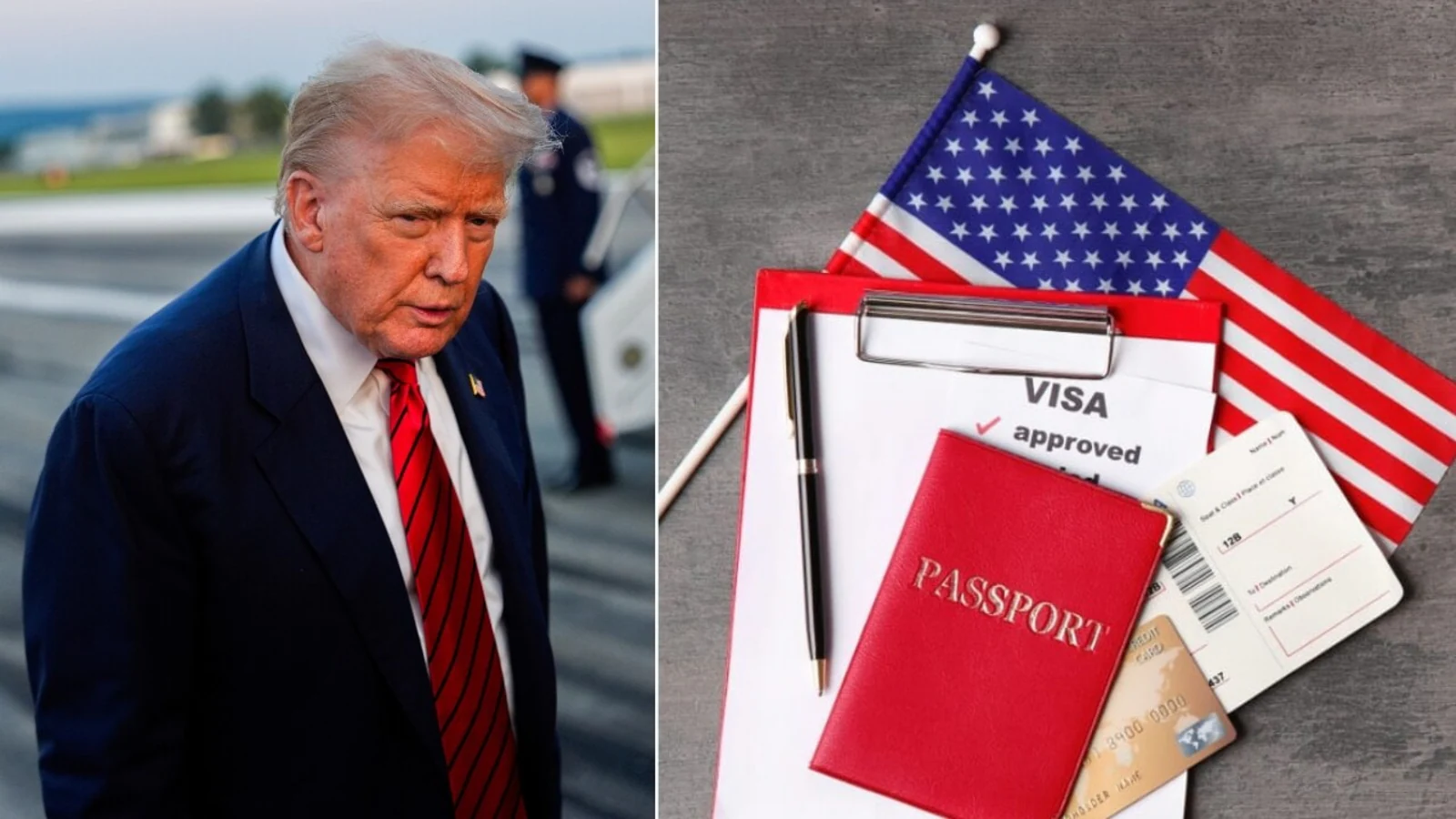
US Education Visa Changes Highlights
In recent months, a significant policy shift proposed by the Trump administration has stirred considerable concern among Indian students aspiring to study in the United States. The new proposal aims to impose fixed-year limits on F-1 and J-1 visas, fundamentally altering the traditional visa landscape that has historically provided a pathway for international students, especially from India, to pursue quality education in the US. This development raises questions about the future of Indian students’ educational aspirations and the broader implications for international academic mobility.
Understanding the Proposed Changes
The Nature of the Fixed-Year Limit
The core of the Trump administration’s proposal is to establish a rigid, fixed duration for F-1 (student) and J-1 (exchange visitor) visas. Unlike the current system that allows for extensions, renewals, and flexible stay durations based on individual circumstances and educational progress, the proposed policy intends to limit the visa validity to a predetermined period—likely aligned with the standard program lengths. This policy shift aims to streamline immigration controls but risks reducing the flexibility that has historically benefited international students.
Rationale Behind the Proposal
The administration argues that this approach will enhance national security, simplify visa processing, and ensure better oversight of international visitors. However, critics point out that it could inadvertently hamper the US’s reputation as a welcoming hub for global talent, especially in educational domains where long-term academic and research collaborations are essential.
Impact on Indian Students’ Educational Goals
Disruption of Academic Planning
Indian students constitute a significant portion of the international student body in US colleges and universities. The proposed fixed-year limits threaten to complicate their academic timelines. Here’s how:
- Reduced flexibility for extensions: Students pursuing longer or complex courses, such as research or postgraduate programs, might find it challenging to secure extensions or opt for longer durations, impacting their educational outcomes.
- Uncertainty in visa renewals: The shift to a fixed-term visa can lead to uncertainty, especially when academic calendars or research projects extend beyond the designated visa period.
- Potential visa denials or cancellations: Strict limits could increase the chances of visa cancellations if students fail to complete their programs within the prescribed timeframe, risking interruptions to their studies and careers.
Impact on Career Opportunities
Many Indian students seek Optional Practical Training (OPT) and other employment opportunities in the US post-graduation. The proposed policy could restrict their ability to avail of these benefits, as visa durations may no longer align with post-study work periods, limiting their chances to gain practical experience and contributing to the US economy.
Broader Implications for India-US Educational Relations
This policy shift signals a move towards stricter immigration policies, which might lead to:
- Decreased US attractiveness: Potential international students might opt for countries with more flexible and predictable visa systems, such as Canada, Australia, or the UK.
- Loss of talent and innovation: Limiting opportunities for students to study and work in the US can diminish the diversity and innovation capacity within American academia and industry.
- Diplomatic repercussions: The decision could strain educational diplomacy between India and the US, affecting future collaborations and exchanges.
Counterarguments and Concerns
While the government emphasizes national security and streamlined immigration, critics highlight several concerns:
- Impact on global educational diversity: The US has long been a preferred destination due to its academic excellence and welcoming policies. Restrictive visa rules could diminish this advantage.
- Economic repercussions: International students contribute significantly to US universities and local economies. Curtailing their opportunities may have financial implications.
- Potential for increased illegal immigration: Rigid policies might inadvertently encourage students to seek illegal pathways or overstays, complicating immigration enforcement.
Looking Ahead: What Can Students and Institutions Do?
Indian students and educational institutions may need to adapt to this possible paradigm shift:
- Enhance support services: Universities should bolster advising and support systems to help students navigate visa uncertainties.
- Advocacy and policy engagement: Stakeholders should actively engage with policymakers to communicate the importance of flexible, student-friendly immigration policies.
- Explore alternative pathways: Students might consider studying in countries with more predictable visa systems, or seek scholarships and programs that offer longer-term or exempted visas.
Conclusion
The proposed fixed-year limit for F-1 and J-1 visas marks a pivotal shift in US immigration policy regarding international students, with Indian students being among the most affected. While the intentions behind the policy might be rooted in security and administrative efficiency, its potential to disrupt educational pursuits cannot be overlooked. It is essential for students, academic institutions, and policymakers to work together to ensure that the US continues to remain a viable and attractive destination for global talent.
As the landscape evolves, staying informed and proactive will be crucial for Indian students who aspire to make the most of educational opportunities in the United States.
For more updated news please keep visiting Prime News World.



